Working women have been through a lot in the past three years – from record attrition from the workforce during the pandemic and caring for (and at points even educating) their families to adapting to hybrid work and asynchronous schedules while managing the demands of their personal lives.
Reflecting back, with March marking three years since this massive upheaval began, a lot is working for women. There are also some clear areas where business leaders and senior women in the workplace can take steps to start laying the foundation for the next generation of women – both by identifying what’s not working and by deploying strategies that make it easier for women to contribute to their organizations.
The new normal: What’s working for women (and what’s not)
The new hybrid work environment offers benefits for all workers, but women are more likely than men to prefer that flexibility, at 57% compared with 44%, according to a recent YouGov poll.
Less time and money spent commuting, better work-life balance and more control over their time are just some of the benefits that make the future of work appealing to women.
Women have embraced these benefits and demonstrated incredible resilience, having made up for and exceeded jobs lost during the pandemic, and securing a record number of seats on company boards and c-suite positions at Fortune 500 companies.
The challenge is to keep that momentum going even as hybrid or WFH models start to accentuate some of the classic drawbacks women face in the workplace. Women are more likely to lose access to mentoring if they’re not in the office full-time and can be seen as less committed when they take time out for caregiving.
As this new era of working unfolds, it’s important that we don’t allow the historical biases that have held women back when promotions and raises are in play to creep back in.
But in an era of low unemployment and staffing shortages, all companies have an opportunity to expand efforts to hire and empower women. And many companies are making the most of this window.
Leading companies set the example with meaningful policies
The seeds of progress that were planted before the pandemic continue to bear fruit as many companies bolster their efforts to recruit, retain and advance working women.
Dozens of major corporations like Intuit, PayPal, Amazon and IBM are taking proactive steps to bring women who have left the workforce back with “returnship” programs that offer multiple weeks of training, one-on-one mentoring and dedicated employee support groups to ease the transition back to the office.
Companies are also helping women just beginning their careers to start out and stay on equal footing with their male counterparts. Bank of America, Fidelity and Hilton are among the corporations that have mandatory diverse hiring practices, mentorship programs and STEM scholarships among other programs.
Strong leadership, new tech and innovative organizational thinking are key
Strong leadership is required in the years ahead to come up with even more processes for recognizing achievement and determining who advances in an organization.
The models of mentorship, peer-to-peer collaboration and in-person learning opportunities that helped women progress in the past must be augmented by new structures that contribute to their success in the new hybrid workplace.
That can include better communication strategies that rely less on in-person meetings. Management can send detailed emails to employees to keep everyone on the same page when communicating their needs. Scheduling group meetings on days when everyone is present rather than resorting to a hybrid in-person/Zoom model will help female workers feel more comfortable and included.
Management can redefine success by rewarding productivity instead of superficial measurements driven by personality and hours spent working. Women tasked with home and work responsibilities as a necessity are highly efficient, a virtue that is often underappreciated.
Features like capability and utilization tracking, workflow transparency and automation help managers understand and appreciate their employees’ workloads and performances and allow employees to focus on the rewarding, strategic parts of their jobs. With that info in hand, management can adjust schedules, responsibilities and compensation appropriately – areas that have been notoriously opaque when it comes to the female workforce.
Here’s the bottom line:
New hybrid work models ushered in by the pandemic have brought positive changes to the workplace, especially for women. Dozens of companies have special programs to bring moms back to the office and help young women enter the workforce on an equal footing and stay on the path to advancement. Strong leadership from management to keep the momentum going will make the future of work even brighter for women.

